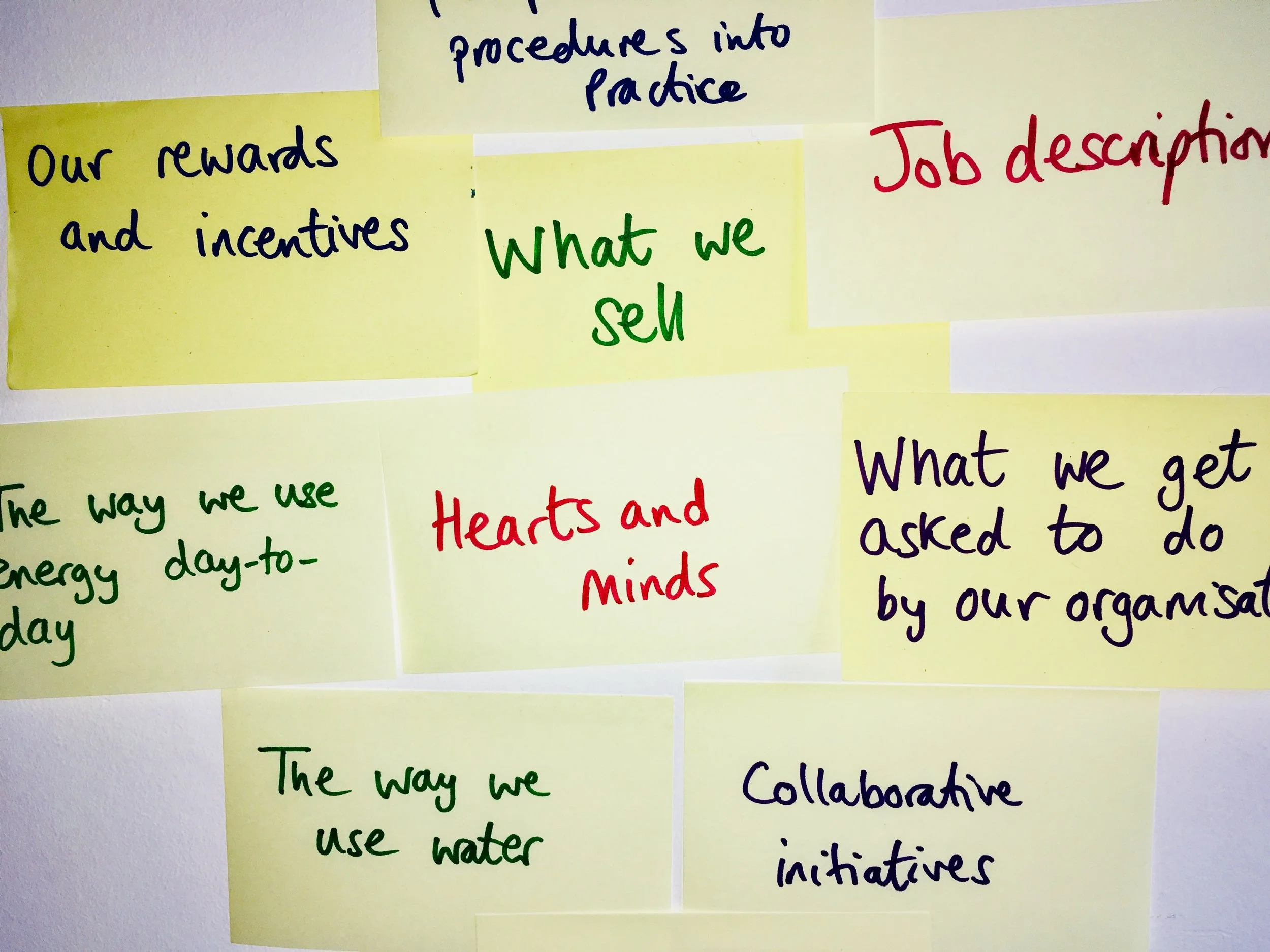It's 2140, and the most popular reality TV show is a live-stream of Amelia Black transporting polar bears to the Antarctic in her airship as part of assisted migration. In New York, housing is run by cooperatives and buildings have been waterproofed below the high tide line. Sky-scrapers have had docks added part-way up for speed boats, and there are floors dedicated to food growing. This is the setting of Kim Stanley Robinson's New York 2140, a classic of post-climate fiction with an optimistic outlook.
Task focus vs relationship focus: the 'trust cushion'
You've probably spotted that some people like to spend time getting to know others, building a strong relationship with them, and may let deadlines or quality slide so as to not fall out. They have a strong 'relationship focus'. Others like to know what's expected, what the deadlines are, and focus on delivery even if it means other people are side-lined or criticised. They have a strong 'task focus'. How can you persuade task-focussed people to put time into relationships?
A letter to the Earth
What might change, when an organisation changes?
When you think about the changes you want to bring about, to make your organisation or sector more sustainable, what do you see changing? Do you have blind spots about where change might happen, and how deep or how obvious it will be?
Edgar Schein’s Three Levels of Culture model is a great way of understanding what might change, as an organisation or other entity changes. It’s useful to think very widely about the kinds of things that might change – or need to change – to get us on track for sustainable development.
Silence, respect and slow ritual: some observations on facilitation in Japan
In my short visit to Japan, I was privileged to be able to meet with three groups of facilitators: in Kyoto, Osaka and Tokyo. Huge thanks to everyone who helped make this possible! These were evenings of surprising connections, open-hearted curiosity, tolerance of misunderstanding, and delicious food.
This blog post reflects on some observations and conversations about three (and a half) aspects of culture which may trip up an outsider coming to facilitate in Japan.
Observing culture
I had some tantalising opportunities to discretely observe organisational culture in action earlier this week, when I was an in-patient for 36 hours.
Artefacts
My bed had a good view of some double doors, leading to another ward. There was quite a lot of equipment in front of the doors. There was also a woven red cloth barrier (not just flimsy police tape) across the space reading "do not enter except in an emergency ". I could see a matching barrier on the far side of the doors.
Schein's "artefact" exhibit one. (For more on Schein, see: http://www.penny-walker.co.uk/…/a-z-of-csr-change-management)
What about the "observable behaviour"?
Staff regularly ducked under both sets of tape to use the doors. According to their uniforms (and lack of them), this was staff of a range of specialisms and levels. I didn't observe any staff doing so in pairs or groups. One looked slightly shamefaced when they caught my eye. No obvious emergencies were underway.
I observed about a dozen staff ducked under the barrier, at least two making the return journey as well, in the 36 hours I was there: some of the time I was asleep, or away from the ward for tests.
Espoused values
The clear "espoused value" was to not use the doors, with exceptions for emergencies.
Lots of staff were prepared to openly (although perhaps not in sight of other staff) disregard the combination of message and barrier. The barrier had not, however, been removed.
Basic underlying assumptions
I didn't get a chance to ask anyone about what was going on, but I have a few ideas. I'd be interested in your ideas and interpretations!
But as Schein himself was eager to stress, the observer is not the best person to interpret the meaning of the artefacts: people from inside the culture are best placed to do so.
Ritual and joining an established group
Yesterday I was at a family funeral. The rite was one I'm only a little familiar with: enough to follow, but not enough to know what was coming next. It's made me reflect on the rituals - acknowledged and unnoticed - that we perpetuate in groups and professions. So comforting and affirming for those in the know. Provoking anxiety, confusion or ridicule in the newcomer.
There was a written 'order of service', which included the information that no doubt seemed useful to those who wrote it - the things that would be different, or special, about the event. The things that would be the same as they always are, were not included. Which makes sense if you are already part of the group and you know what those things are, and means you are very lost if you are there for the first time.
What do we take the time to explain to people who are new to our way of working? What do we consider so self-evident that we don't think explanation is needed? How do we respond when someone asks or seems lost?
What do we open our minds to when we first join a group? What do we do to show we are interested and curious, yet a bit lost? What do we attack, without having the patience to observe and attempt to understand?




